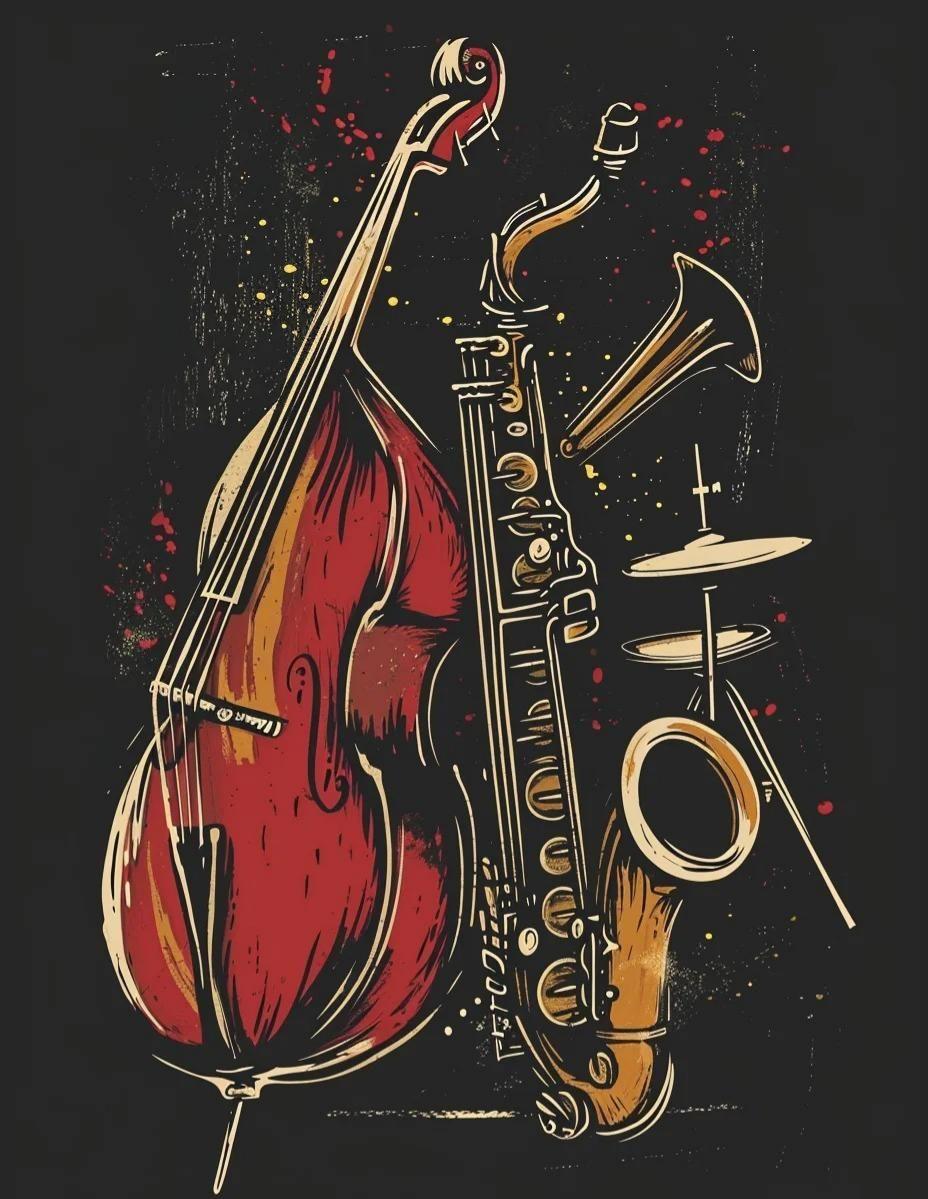Your Roadmap to Learning Jazz Saxophone: A Beginner's Guide
18-11 2025

Starting your journey to play jazz saxophone at 28 with little musical background is an exciting and ambitious goal. While the path requires dedication, it is immensely rewarding. The advice from experienced musicians converges on a clear, structured approach to build a solid foundation and work towards your jazz aspirations.
Phase 1: Mastering the Fundamentals of the Instrument
Before you can dive into the complex world of jazz, you must first become friends with the saxophone itself. This initial phase is about learning to produce a clear, consistent sound.
-
Get a Teacher (The Most Crucial Step):
- Why? A qualified teacher provides immediate, personalized feedback. They can demonstrate proper embouchure (how to shape your mouth), correct your posture, and prevent bad habits that can take months to unlearn later. As one trumpeter warns, self-teaching can lead to ingrained issues that a professional must later undo.
- How to Find One:
- Local Music Stores: Many stores offer lessons or can recommend affiliated teachers.
- Colleges/Universities: Contact the music department; faculty or advanced students often teach privately.
- Community Centers or Extension Programs: These sometimes offer group or private lessons.
- Personal Networks: Ask musician friends for referrals.
- Choosing the Right Teacher: Look for a teacher with solid credentials who is still actively playing. Most importantly, schedule a trial lesson to ensure your personalities mesh and that they understand and support your specific goal of playing jazz.
-
Use a Method Book:
- A highly recommended series is "Accent on Achievement, Book 1." Get the version with the accompanying audio CD. While playing simple tunes like "Hot Cross Buns" may feel basic, these books are designed to be incremental, building your skills note-by-note. The CD is invaluable for helping you understand rhythm and hear what you should sound like.
-
Develop Your Sound from Day One:
- The saxophone is a "vocal" and spiritual instrument. Spend time playing long, sustained notes. Focus on making them beautiful and consistent. The goal is to develop a rich "tone quality" that will be the bedrock of your jazz expression later on.
Phase 2: Building the Foundation for Jazz
Once you are comfortable producing a sound and playing basic scales and melodies (a process that will take at least two months of consistent practice), you can begin integrating jazz-specific elements.
-
Listen, Listen, Listen (The Heart of Jazz):
- This cannot be overstated. To play jazz, you must internalize its language—the rhythms, the phrasing, and, most importantly, how to swing.
- Start by listening to the masters. As one piece of advice suggests, begin with John Coltrane's album "Ballads" to appreciate masterful control and beautiful tone quality.
- Make listening a daily habit. Absorb the sounds of classic jazz saxophonists like Charlie Parker, Cannonball Adderley, and Stan Getz. Your subconscious will learn the "accent" of jazz, making it intuitive when you start to play it.
-
Learn Music Theory:
- Jazz improvisation is built on a solid understanding of music theory. You will need to know scales, chords, and harmonic progressions.
- Resources: Your private teacher can integrate theory into your lessons. For self-study, websites like musictheory.net offer excellent, free lessons. For a more formal approach, consider a class at a local community college.
The Key to Success: Mindset and Patience
- Prepare for the Long Run: Learning an instrument is a marathon, not a sprint. It takes time to sound good, and even more time to express yourself fluently in the jazz idiom.
- Embrace the Process: The journey itself should be enjoyable. Find joy in the small victories—producing a clear note, mastering a new scale, or finally nailing a simple melody.
- Patience is Your Greatest Virtue: Don't rush. Focus on consistent, quality practice. The ability to patiently build your skills is what will ultimately get you to your goal.
In summary, your roadmap is clear: start with a qualified teacher and a foundational method book to master the saxophone itself. Simultaneously, immerse yourself in the sound of jazz and build your theoretical knowledge. With patience, consistent practice, and an attentive ear, you will be well on your way to making music on your saxophone. Good luck!
This article is provided by Mansdone Brand Marketing Department!